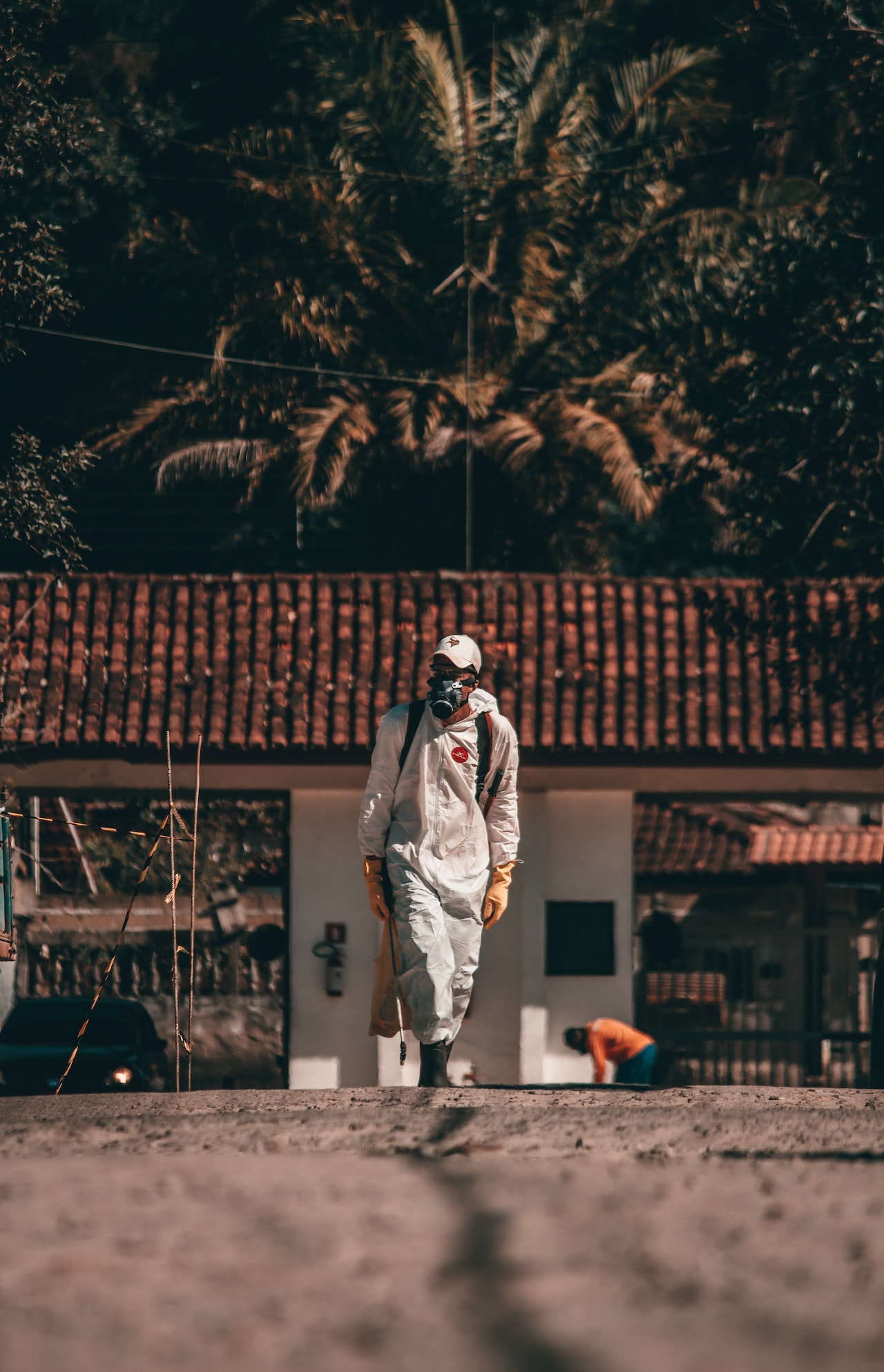Industrialization has brought human civilization a wide range of benefits; among these include a faster pace of progress and more convenience in our daily lives. Without the Industrial Revolution, we probably wouldn’t enjoy air conditioning, cable television, and all the perks we enjoy at home or in the office today. However, all the trappings of industrialization, like the presence of oil and gas plants, chemical plants, mineral processing industries, and factories of all sorts have created a volatile and explosive environment that increases the risk of accidents like fires and explosions. The need to improve safety in such highly volatile workplaces has led to the development of preventive systems and programs, among these include EEHA training Australia. Let’s take a look at the many perks of getting this type of training.
What Does EEHA Stand For?
Before we go straight to discussing the various perks of undergoing that training in Australia, let’s first define what the abbreviation stands for. According to occupational safety and health experts, EEHA is the abbreviation for Electrical Equipment in Hazardous Areas.
According to the National Electrical Code of Australia, a hazardous area is also defined as “ places where fire and explosion hazards may exist due to flammable gases, flammable liquid-produced vapors, combustible liquid-produced vapors, combustible dust or ignitable fibers that are present in the air in quantities that are sufficient to create or produce ignitable or explosive mixtures”.
Due to the significant, and highly volatile features in these areas or workplaces, the electrical tools, and equipment that are required in these areas should be assembled or made indicatively, and fully tested according to the manufacturer’s specifications and requirements, to ensure that these electrical tools and equipment do not cause a fire or explosion.
The safety experts further add that training in Australia is far from new because it was originally introduced in the 1900s, especially when electrical equipment like lights and motors became commonly used in coal mines.
The owners and supervisors of the coal mines in the 19th century soon discovered that lights and motors could potentially cause lethal fires and explosions. By the time electricity was used in the coal mines (and other mining areas) the dangers of suspended coal dust and methane collection were fully understood.
In today’s industrial plants, factories, and refineries, handling large quantities or volumes of flammable liquids and gases has become a truly risky job, because these items can easily explode. So, to safely work in these environments, the workers needed to understand exactly what the hazardous risks around each area or section being worked are.
BY undertaking that training in Australia each and every person who works in industrial plants, factories, refineries, and mines will know if the electrical equipment installed in their workplaces has had technical standards developed in order to identify and prevent the potential risks or fires and explosions, and thus protect both equipment and workers.
As a result of all the innovations in workplace safety, like the conduct of that training in Australia and inspections, the electrical equipment and tools to be used in hazardous areas now need to undergo a very strict design, manufacturing, and testing as per AS/NZ/IEC standards.
The electrical equipment is also type tested by an independent testing and certification agency and issued a Certificate of Conformity which provides assurance to end-users that all the electrical equipment is safe to install and operate in hazardous areas.
The Benefits of Getting EEHA Training
Considering that humans are perhaps the weakest link in the overall safety chain, because of many reasons (among which include carelessness and unavoidable human error), any individual who intends to work in an oil or gas refinery, coal, iron, gold mine, or some other industrial or manufacturing facility, will need to be properly trained before they can even start the job.
It doesn’t matter if you’re involved in the design, installation, or maintenance stages, because there’s a need for competence to ensure that the highest standards of safety are being observed.
The equipment should only be handled by those who have demonstrated great ability and expertise in the job or endeavor, and the individual should also make it a point to ensure that they’re continuously being educated about the latest safety regulations when working in hazardous areas.
By undergoing that training in Australia, the employee will learn how to identify and quantify the hazardous areas, select the appropriate electrical equipment and instruments or tools for those areas, recognize the different methods of protection and how they work, as well as install, inspect and maintain the certified equipment.
The participants who also complete the rehab training in Australia will also have a clearer understanding of hazardous areas current customs and practices with particular respect to the following:
- Defining the hazard, classifying hazardous materials, understanding the nature of the risk, and the necessity of eliminating sources of ignition
- Understanding the relationship between area classification and the various different types of safety apparatus
- Understanding the relationship between electrical equipment and gas groups and the temperature classes
- Understand the installation and maintenance of the different types of equipment i.e. flame-proof, increased safety, intrinsic safety, etc.
- The need for, and the typical approach to, electrical equipment inspection
- The proper documentation of the hazardous area.
At present, the career path for individuals who complete that training in Australia is relatively rewarding, especially from a financial and professional standpoint. As the electrical industry is rapidly growing and will continue to produce the need for qualified professionals, electrical and instrumentation technicians are going to be among the highest-paid trades professionals.
And one of the keys for personnel working in industrial or manufacturing settings to stay gainfully employed (or to get easily promoted) is to acquire the skills and knowledge that will continue to be in demand during the design, construction, operation, and maintenance phases. And, this also includes the need to undergo eeha training in Australia.
